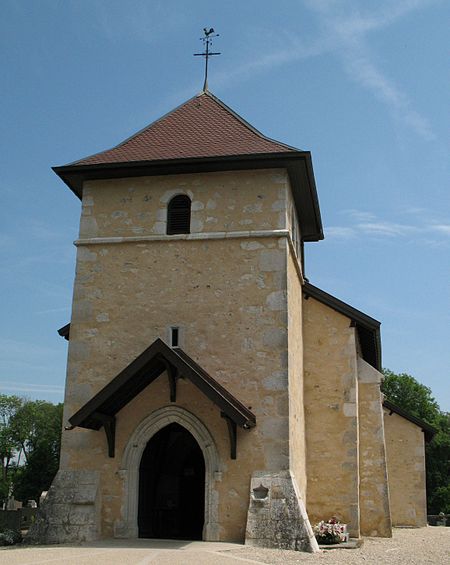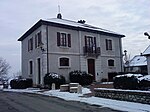Saint-Genis-Pouilly

Saint-Genis-Pouilly (French pronunciation: [sɛ̃ ʒəni puji]; Arpitan: Sant-Genés-Polyi) is a commune in the Ain department within the Auvergne-Rhône-Alpes region of eastern France. It is located in the Pays de Gex, at the foot of the Jura Mountains. Bordering the Swiss frontier, it is part of the cross-border area of Geneva. With a population of almost 14,000 inhabitants (2019), it is the fifth most populous commune in the department of Ain.A large portion of CERN, the European laboratory for particle physics, is located within the territory of Saint-Genis-Pouilly; the ALICE experiment is located on the periphery of the town, and the French entrance to the primary CERN campus (Meyrin) and the ATLAS experiment are located only 3 km from the centre of St Genis. CERN is the world's largest fundamental physics research laboratory and its presence has largely been responsible for the development of the community of Saint Genis since the middle of the 1960s.
Excerpt from the Wikipedia article Saint-Genis-Pouilly (License: CC BY-SA 3.0, Authors, Images).Saint-Genis-Pouilly
Passage de l'Hôtel de Ville, Gex
Geographical coordinates (GPS) Address Nearby Places Show on map
Geographical coordinates (GPS)
| Latitude | Longitude |
|---|---|
| N 46.2437 ° | E 6.025 ° |
Address
Mairie de Saint-Genis-Pouilly
Passage de l'Hôtel de Ville
01630 Gex
Auvergne-Rhône-Alpes, France
Open on Google Maps









